Women’s economic empowerment in the EECA Region is hindered by a multitude of factors, all of which vary from country to country and from urban to rural areas.
For example, while in cities, women may be excluded from leadership and executive positions because of their gender, in rural areas, they may face obstacles to land-ownership, credit or technology.
This article takes a look at some of the most striking facts and figures concerning the obstacles that prevent women in the EECA region from becoming economically empowered.
1. According to the Global Gender Gap Report of the World Economic Forum (2016), the average remaining gender gap of Eastern European and Central Asian countries remains at 30%.[1]
This effectively means that women’s average earnings amount to 30% of the average earnings of men in this region. This puts Eastern Europe and Central Asia at around the same level of Latin America and the Caribbean regions in terms of the Global Gender Gap Index.
Further evidence of this is the fact that women in some countries in Eastern Europe and Central Asia are paid up to 50% less than men for equal work.

2. Women tend to shoulder the burden of unpaid household work – this is true both in the EECA region and worldwide.[2]
Worldwide, women tend to take on the majority of unpaid carework for their families and communities, and this hugely hinders their capacity to be as economically successful as men, as they cannot dedicate as much time to their jobs.
In Moldova, for example, a study undertaken between 2011 and 2012 found that women dedicate 4.9 hours per day to family and domestic work while men spent 2.8 hours per day on the same.[3]

3. Women are generally more likely to work part time than men, which has negative consequences for their capacity to become economically empowered.
In Bosnia and Herzegovina, for example, female business owners worked 29.2 hours a week in comparison to the 46.9 hours per week worked by men in 2008.[4]
This is largely tied up with the flexibility offered by part-time work, which allows women more freedom to look after their families given that child-care tends to be inaccessible or extremely expensive since the collapse of the Soviet Union. In other words, the fact that women often shoulder a great deal more of the unpaid domestic work than men can hold them back from committing more hours to their job and earning more money or progressing with their careers.
4. Across Eastern Europe and Central Asia, there are few women in senior or leadership positions.
According to UNIFEM, in this region, only 1 out of 42 female workers occupy senior management positions, while 1 out of 6 male workers occupy such positions.[5]

5. Furthermore, people in countries of the former Soviet Bloc are more likely to ‘strongly agree’ that men make better business executives than women.[6]
This goes back to the issue of underrepresentation of women in executive or leadership positions. Discriminations against women in attaining these positions means that there are few female role models to demonstrate women’s capability in these positions.
Women may also feel uncomfortable networking in a male-dominated world, which in turn adds to the lack of visibility of women in the upper rungs of various fields.
6. Wealth is hugely tied up with education and numerous studies have found that higher education among women leads to higher wages for women. Moreover, higher levels of education among women has been proven to positively benefit the children of these women.[7]
The socialist regimes in the EECA region led to high rates of literacy among both men and women and this situation has largely continued up to the present day. However, it is at the level of technical and vocational education that gender disparities begin to emerge in this region.
This is important because technical and vocational education act as bridges between primary education and employment.[8]

7. In countries within the EECA Region, women tend to occupy low-paying jobs in the agriculture or service industry, and these jobs tend to have limited social or legal security.[9]
While employment has generally increased since the 1990s, the quality of jobs occupied by many women remains low.
Furthermore, growth in employment rates is not equal across the region, where Kyrgyzstan has seen a halving of its employment rates since the collapse of the Soviet Union.
8. Furthermore, rates of economic empowerment vary hugely between urban and rural areas. According to the FAO, rates of rural poverty go from 1 – 3 times that of the poverty found in urban areas of the EECA Region.[10]
Often, rural areas tend to be the most disadvantaged when it comes to educational or economic opportunities and this can negatively affect women, especially where rural-urban migration remains a male-dominated trend.
Again, it is important to note the disparities within the region. For example, in Armenia, Serbia and Ukraine, there is higher labour force participation in rural than in urban areas while in other countries it is the reverse (Kyrgyzstan).

9. In rural areas, issues relating to land-ownership pose some of the biggest challenges to women’s economic empowerment.
In many countries, gender-biased inheritance laws and land registration processes that favour male ownership of land can prevent women from owning land.
This has various negative consequences because, if women are excluded from land ownership, they may also be excluded from decision-making processes at home.
Moreover, women tend to transfer more resources to their children than men, so their exclusion from the decision-making processes that concern the home and family might mean that their children receive less support.[11]
Finally, exclusion from land ownership also makes it more difficult for women to escape from abusive relationships, as they may have no private resources.
10. Male farmers and machinery:
The use of fertilizer and modern agricultural machinery hugely increases productivity in agriculture, however, use of such technologies is far more common in male than in female-headed households in the EECA region.[12]
There is a lack of data on this particular topic, however, it might be linked to women’s lower financial ability to buy these technologies, or because of the time constraints faced by women in female-headed households, as many of them are juggling farm work and family care.
Either way, lower uses of modern farming technologies in female-headed household is linked to the lower incomes of these households.
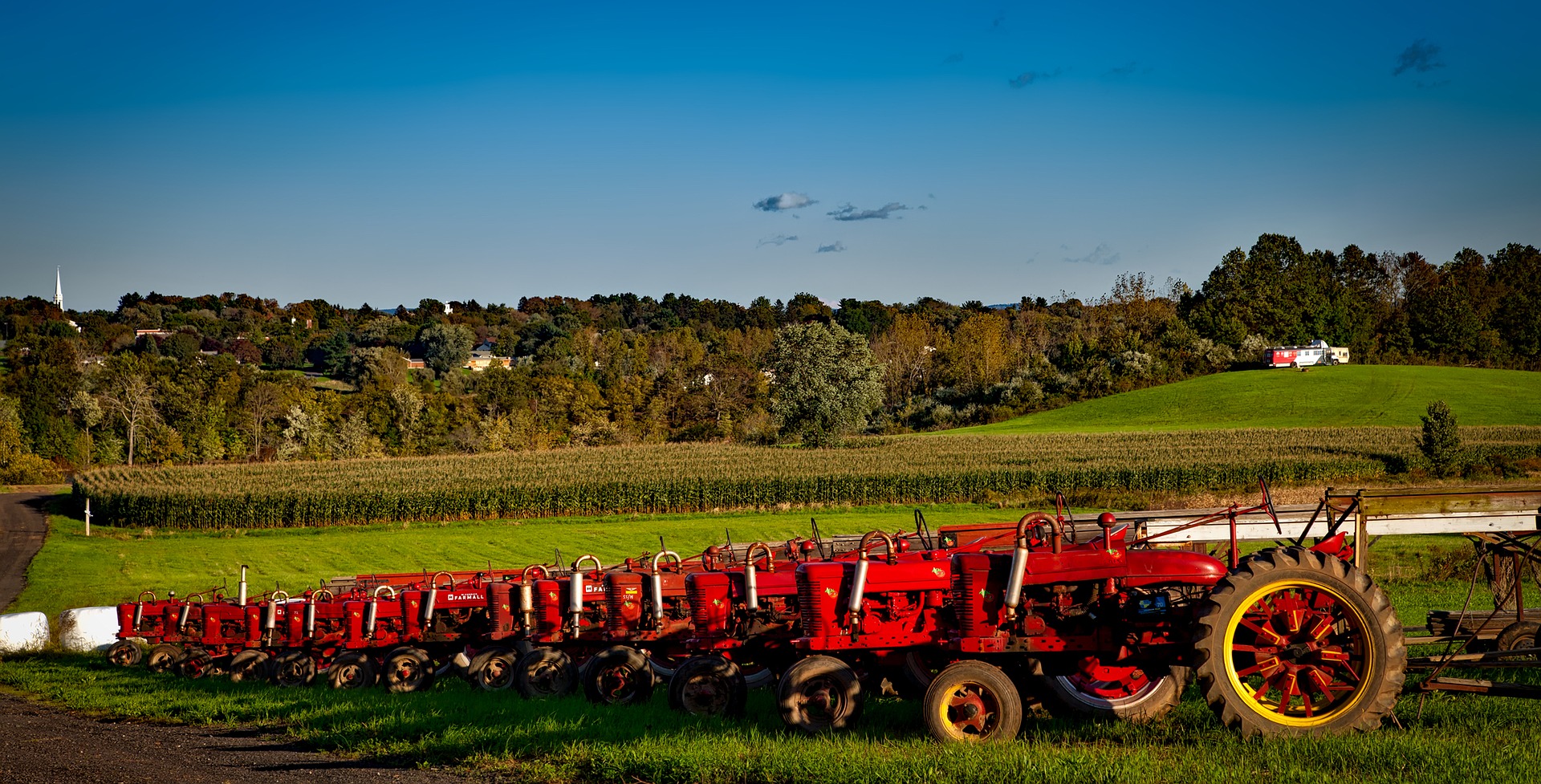
11. What’s data got to do with it?
It is likely that many women who do unpaid work on farms (for example on family farms) classify themselves as unemployed in national censuses or surveys. This produces data that undervalues women’s work in the agricultural sector and indeed, their contribute to the economy as a whole.[13] This issue is comparative to the undervaluing of women’s work at home, which often goes unpaid and unappreciated.
Best practices in Programmes for Women’s Economic Empowerment, examples :
UN Women’s programme for the ‘Promotion of Women’s Economic Rights in Uzbekistan’ which established self-help groups of vulnerable women, where members cooperated to address the difficulties posed by limited access to financial resources and economic knowledge.[14]
The Moldovan initiative of The Swedish International Development Cooperation Agency which set up ‘Joint Information and Services Bureaus’ to provide women with information on topics such as business and agricultural development, social security or land and legal issues.[15]
Advocacy entry-points :
If your country has ratified or acceded to the Convention on the Elimination of All Forms of Discrimination Against Women (CEDAW), it is legally bound to put the Convention’s provisions into practice, and to submit national reports on its progress in doing so. The CEDAW Treaty Body Review monitors implementation of CEDAW in UN Member States and provides opportunity for input from NGOs on states’ implementation.
Do some research on your country’s most recent CEDAW Treaty Body Review and see how you might engage with this review process to raise the issue of women’s economic empowerment in the future.
Resources used in this article and for further information:
- http://www.fao.org/3/a-i5497e.pdf
[1]Eastern Europe and Central Asia/World Economic Forum
[2]Facts and Figures: Economic Empowerment/UN Women
[3]Gender and Rural Development In Eastern Europe And Central Asia: Key Issues/FAO
[4]Women’s Economic Empowerment/Eurogender
[5]Women’s Economic Empowerment/Eurogender
[6]Women’s Economic Empowerment/Eurogender
[7]Rural Women in Eastern Europe and Central Asia/FAO
[8]Rural Women in Eastern Europe and Central Asia/FAO
[9]Women’s Economic Empowerment/Eurogender
[10]Rural Women in Eastern Europe and Central Asia/FAO
[11]Gender and Rural Development In Eastern Europe And Central Asia: Key Issues/FAO
[12]Rural Women in Eastern Europe and Central Asia/FAO
[13]Rural Women in Eastern Europe and Central Asia/FAO
[14]UN Women In Eastern Europe and Central Asia/UN Women
[15]UN Women In Eastern Europe and Central Asia/UN Women
'


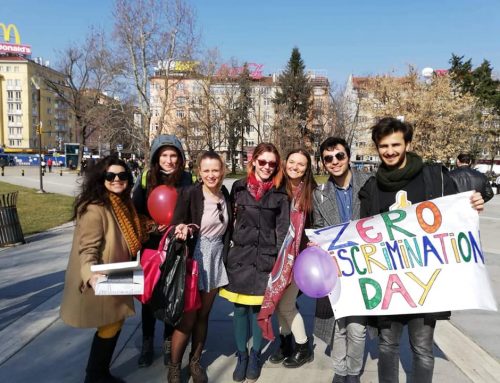














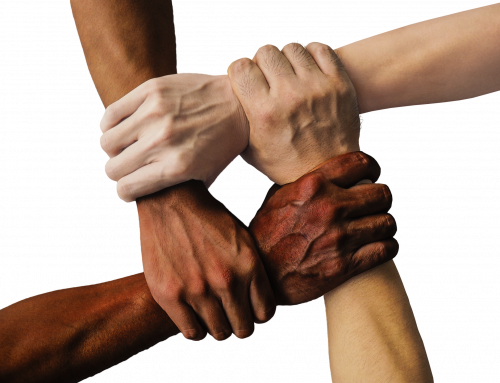

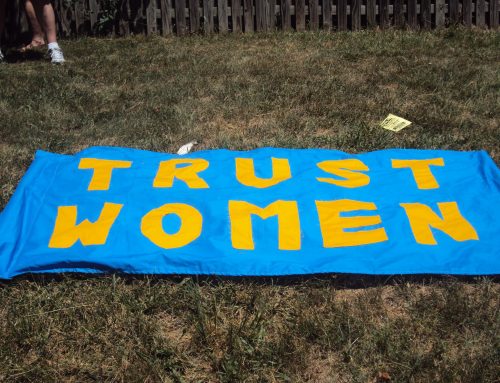

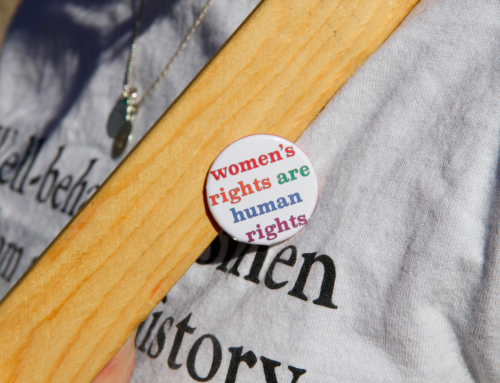

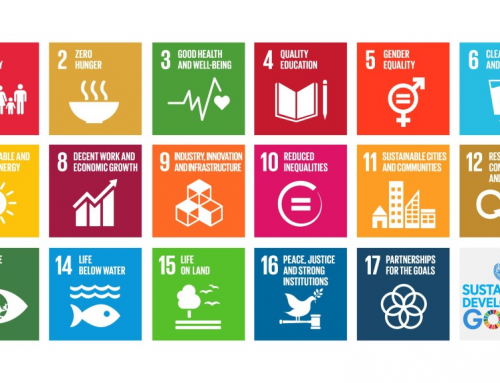
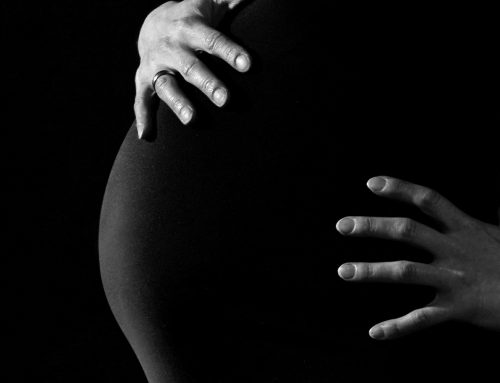
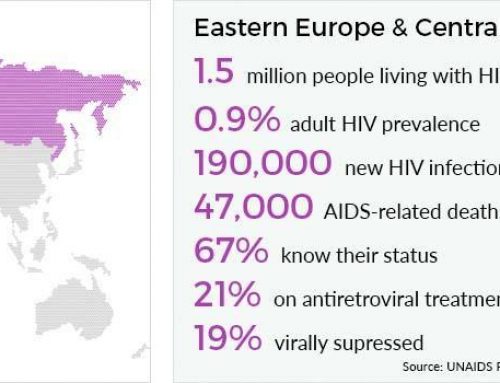


Leave A Comment
You must be logged in to post a comment.